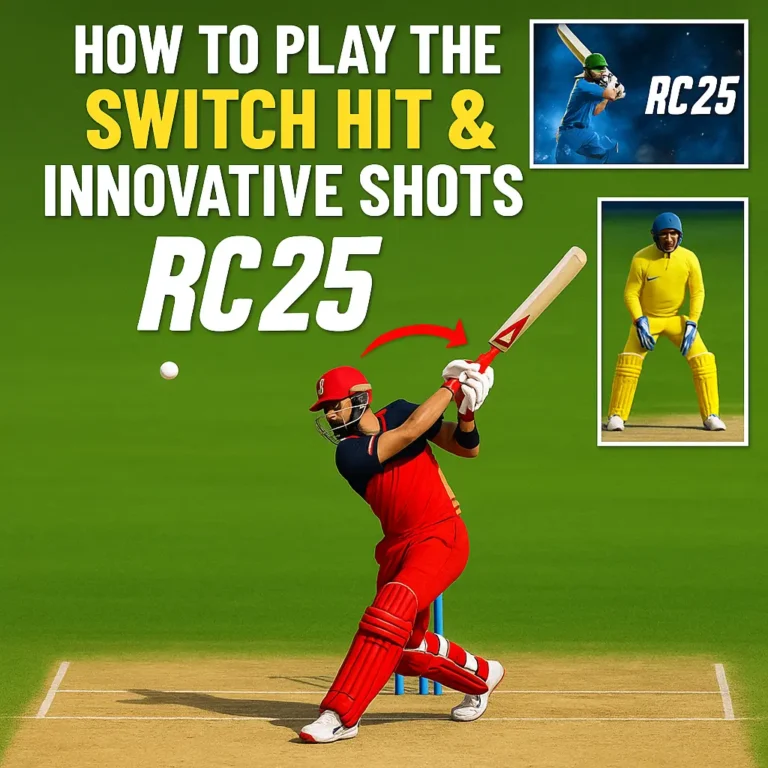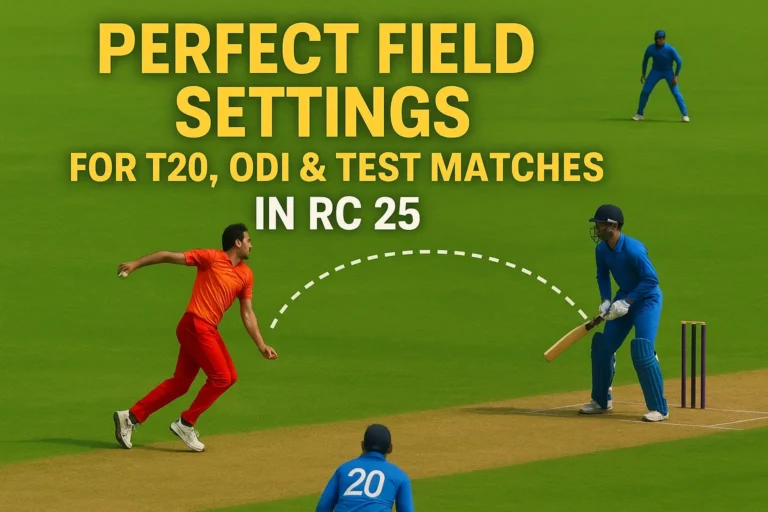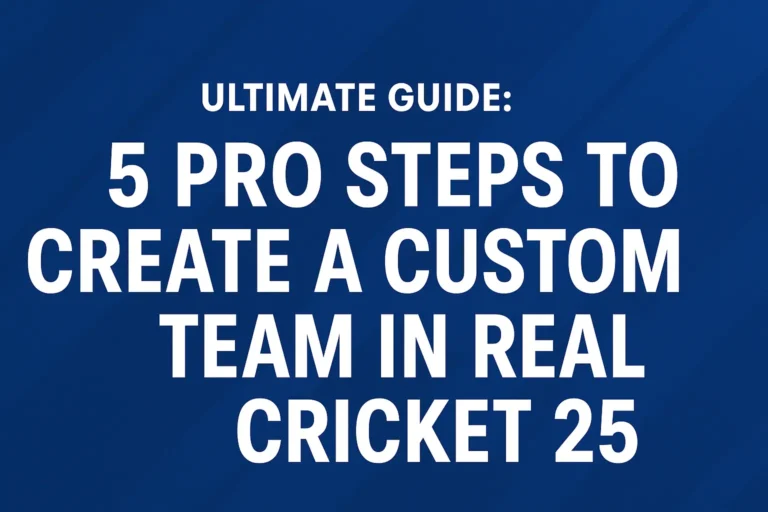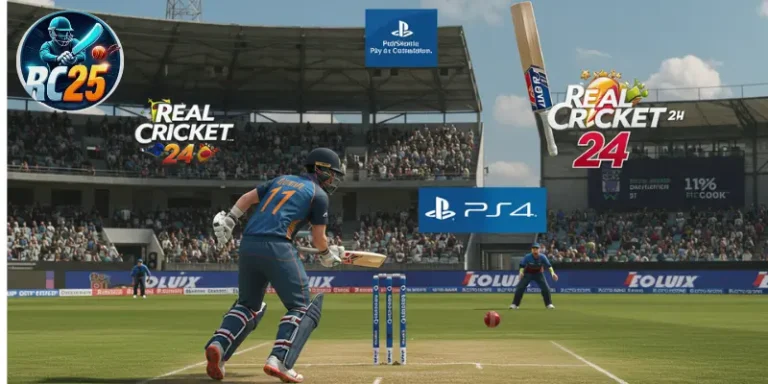Cricket isn’t just about skill, it’s about understanding the battlefield beneath your feet. In Real Cricket 25, the pitch behavior in cricket games plays a massive role in deciding whether your bowlers dominate or struggle. From grassy surfaces that aid fast bowlers to dusty wickets that turn sharply for spinners, each pitch type reacts differently.
Ever wondered why your fast deliveries don’t swing on a dead pitch? Or why your spin bowling fails on a hard surface? The answer lies in pitch type advantages and how they interact with ball swing and seam movement. Let’s break down how different pitches behave and how you can exploit them.
How Pitch Types Affect Swing and Seam Movement
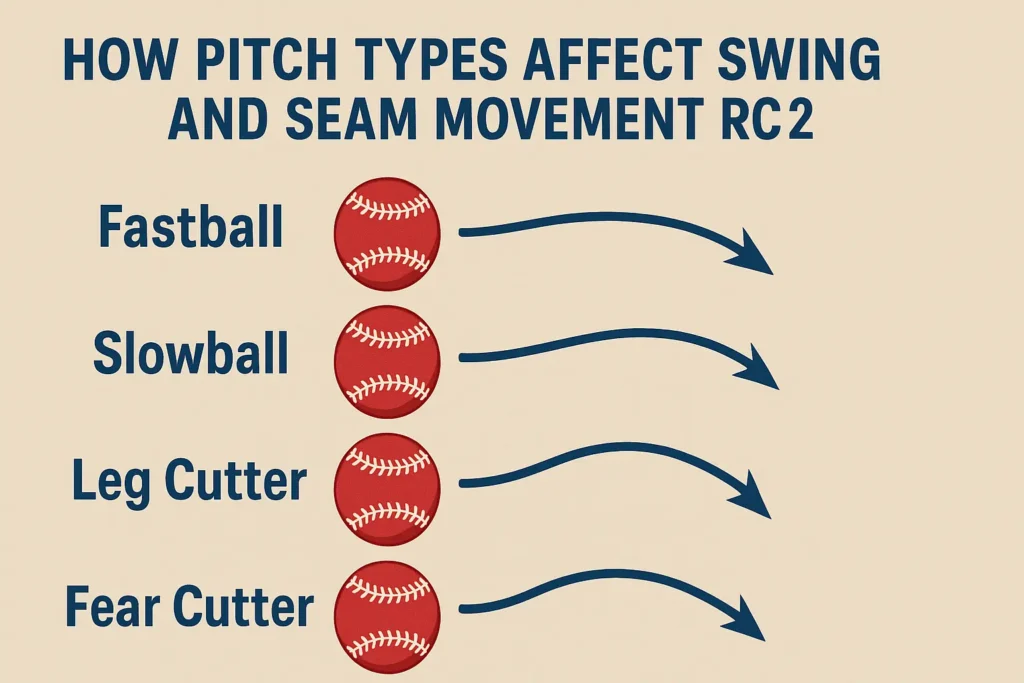
Best Pitches for Swing Bowlers
- On a green pitch, you’ll notice extreme ball swing and seam movement. The grass grips the ball, offering sharp movement away or into the batter.
- These swing conditions are ideal when there’s overcast weather—the atmosphere accentuates the movement.
- Conversely, on a dead pitch, there’s minimal swing. The ball simply trudges along without lateral movement.
Seam Effectiveness and Bounce Patterns
- With seam bowlers on a well-maintained green surface, the seam lodges into the soft grass, generating seam movement off the pitch.
- On hard pitches, the ball jumps sharply—especially useful for bowlers who rely on bounce rather than swing.
- The bounce and grip on pitch change dramatically between surfaces: from low and skiddy on dead tracks to juicy and bouncy on lively green or hard surfaces.
Pro Tip: On a dry pitch, focus on cross-seam deliveries to extract unpredictable bounce.
Spin Bowling Secrets on Different Pitches
Spin bowlers thrive on dusty and dry pitches where the ball turns and grips sharply. A dusty wicket in RC 25 behaves like a traditional subcontinental track, offering sharp turn for leg-spinners and off-spinners.
However, not all spin works the same:
- Leg Spin: More effective on dusty pitches due to exaggerated turn.
- Off Spin: Better on cracked surfaces where the ball grips and stays low.
Pro Tip: On a hard pitch, use slower flighted deliveries to deceive batsmen with dip and drift.
Unexpected Pitch Effects on Fast Bowling
1. Speed Variations Based on Pitch Bounce
- On a hard pitch, the ball fires through swiftly; your “fast bowling conditions” improve, and batters struggle to adjust.
- On dead pitches though, pace loses sting; the ball might skid straight and be easier to hit.
2. Reverse Swing Opportunities on Older Pitches
- As the pitch wears and tears, especially a cracked pitch, surface abrasions help with reverse swing think of deadly tail-end quicks extracting late reverse movement.
- Pair this with rough, abrasive wicket edges, and reverse swing becomes completely unlockable.
Weather and Pitch Combination: Hidden Game Changer
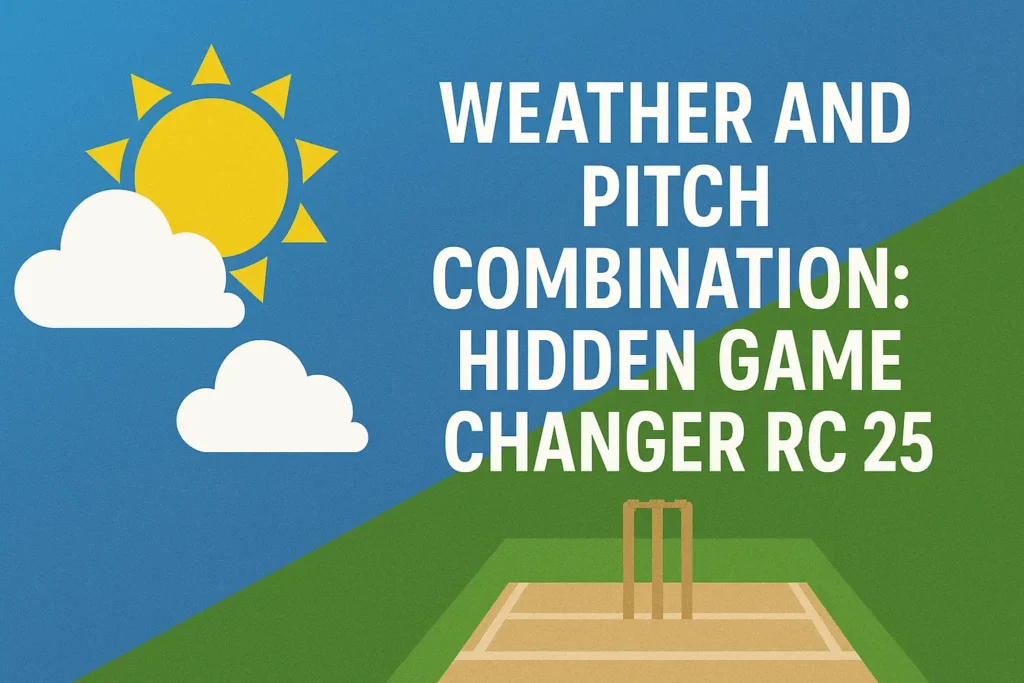
Weather is the silent game-changer in Real Cricket 25.
- Rain + Green Pitch = Deadly Swing: The moisture amplifies swing conditions.
- Sunny + Dusty Pitch = Spin Paradise: The drier the pitch, the more it turns.
Pro Tip: Always check weather forecasts before choosing your bowling strategy.
Best Bowlers for Each Pitch Type in RC 25
Not all bowlers perform equally on every surface. Here’s the breakdown:
Pro Tip: Use in-game conditions to rotate bowlers effectively.
Pro Tips: Adapting Your Bowling Strategy to Pitch Conditions
- Field Settings Matter: On spin-friendly pitches, pack the slip and short-leg fielders.
- Vary Your Length: On grassy surfaces, bowl fuller to maximize swing.
- Use the Crease: On dry pitches, bowl wider to create angles.
- Exploit Wear & Tear: Older pitches favor reverse swing and sharp turn.
- Adjust to Weather: Overcast skies? Bring in your swing specialist.
Conclusion: Mastering Bowling with Pitch Awareness
Understanding the secret effects of pitch types on bowling in Real Cricket 25 separates casual players from champions. Whether it’s exploiting swing conditions, maximizing spin-friendly pitches, or adapting to pitch wear and tear, every surface offers unique advantages.
Now, step into the game, read the pitch early, and dominate with these pro strategies.
Want more cricket insights? Check out this detailed guide on pitch behavior for real-world comparisons!

